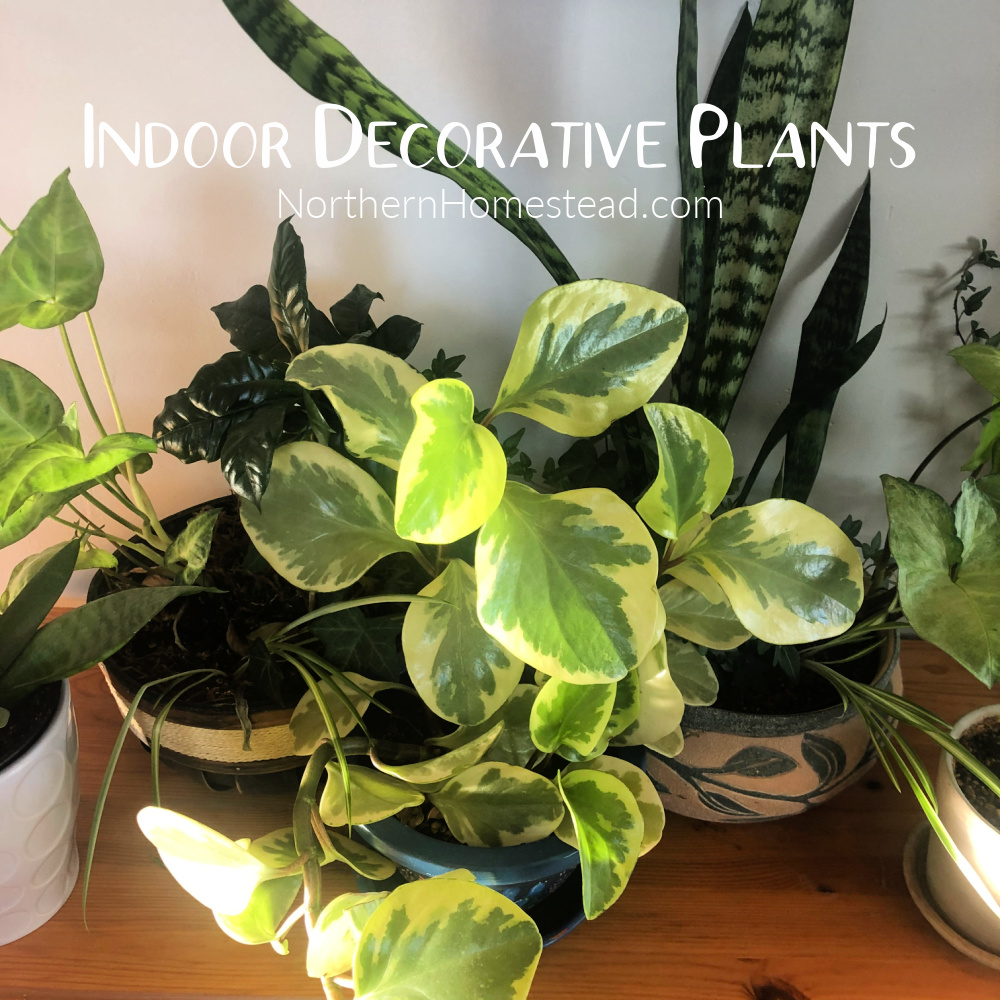
Here at Northern Homestead, we talk about indoor plants a lot, and we usually mean edible plants. Today we want to discuss indoor decorative plants deviating from our usual growing an indoor edible garden. Decorative houseplants have their place too. And we grow lots of them. The many pictures will allow you a little peek into our home and indoor garden room. Enjoy!
Indoor Decorative Plants vs Edible Plants
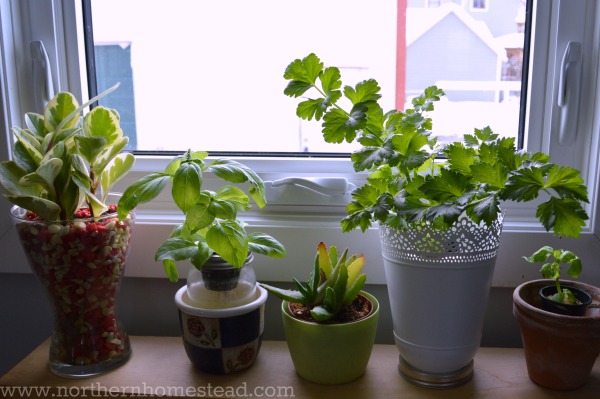
All plants are decorative and most are very beautiful. However, to distinguish them from one another we call plants that can be eaten edible plants, and those that can not, decorative plants. Indoor decorative plants are also often called houseplants.
Decorative indoor plants are very different from edible indoor plants. Decorative indoor plants are perennials and most of them are at least shade tolerant. Most edible plants on the other hand are annuals and need direct sunlight.
As a rule of thumb, if you have a sunny south-facing window (in the northern hemisphere), you can grow edible plants, everywhere else in the house you can grow decorative plants, or edibles with grow lights.
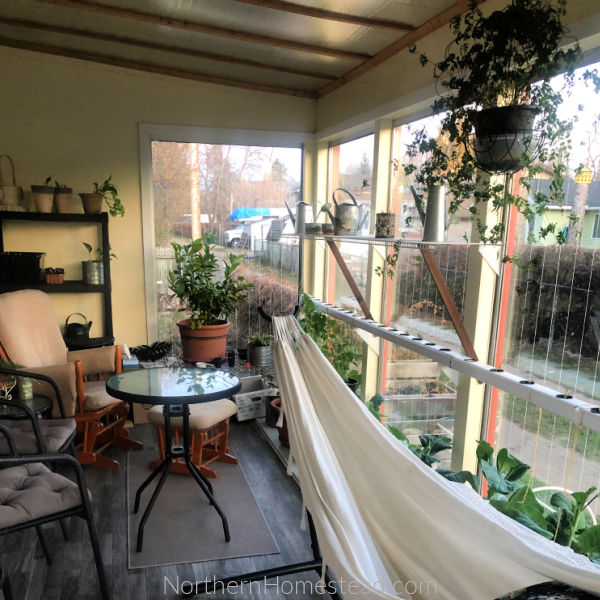
It might be a good idea to keep decorative plants and edible plants somehow separate. Since edibles have a shorter life span, they also grow much faster and that attracts more pests. Aphids love edible plants, but will usually leave your decorative plants alone until you mix the two. Now you can be into trouble. So if you have a very valuable decorative plant, you might want to keep it separate from a quick-growing lettuce plant.
With that being said, we do grow both as you see in the picture above in our indoor garden room, just keep the differences in mind and have an eye on the plants at all times.
Why grow decorative plants

That’s a valuable question, since all plants are decorative, why not grow only edibles. And there are many gardeners who do just that.
However, if you, like me, love having plants at all times and circumstances surrounding you, decorative house plants are great for that.
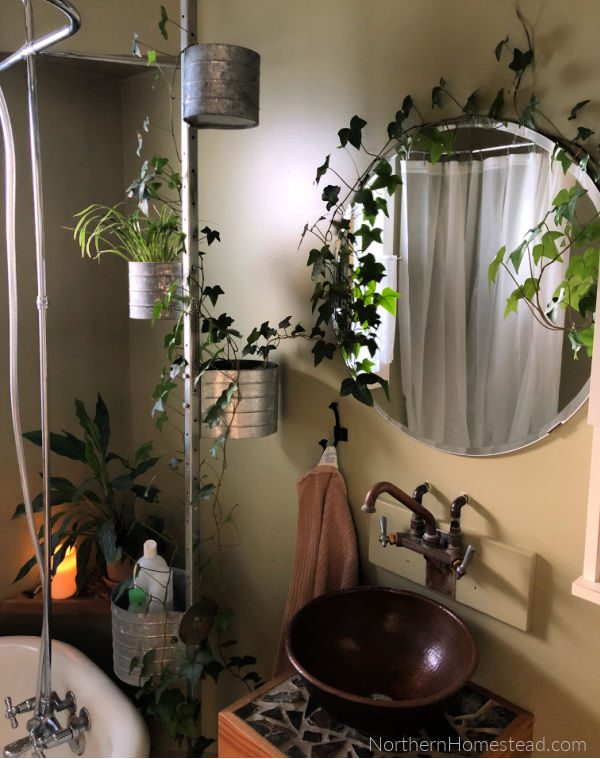
There is no edible plant that I know of that would survive in our low-light bedroom and bathroom, but there are many decorative plants that grow nicely.
Decorative plants add ambiance and oxygen to any room. Many are also air-purifying by removing or absorbing harmful chemicals.
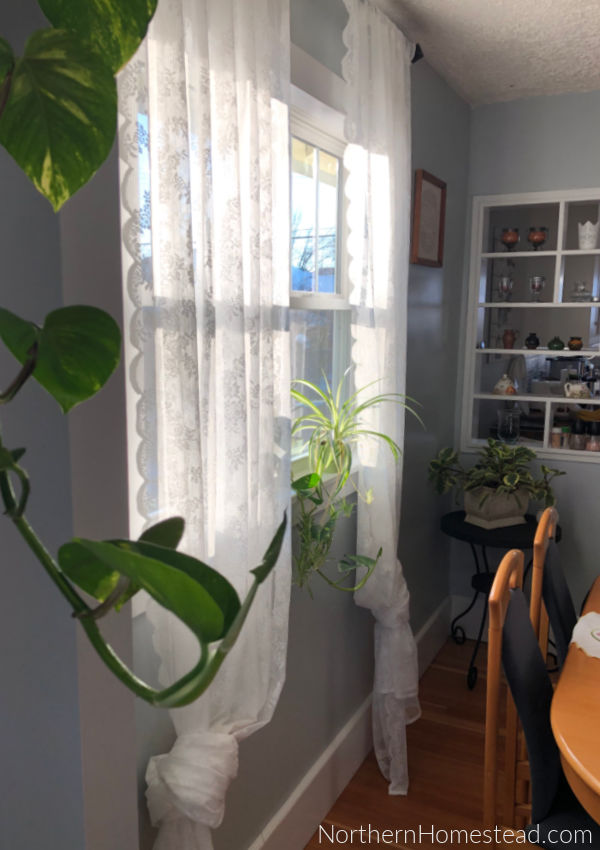
The snake plant for example converts carbon dioxide into oxygen at night and is a great choice for a bedroom. Spider plants and Peace Lily are also great choices for better air quality in the house.
That brings us to the next question:
What decorative plants to grow
The list of decorative plants is almost endless. And there is probably a big variety that would fit just right into your home.
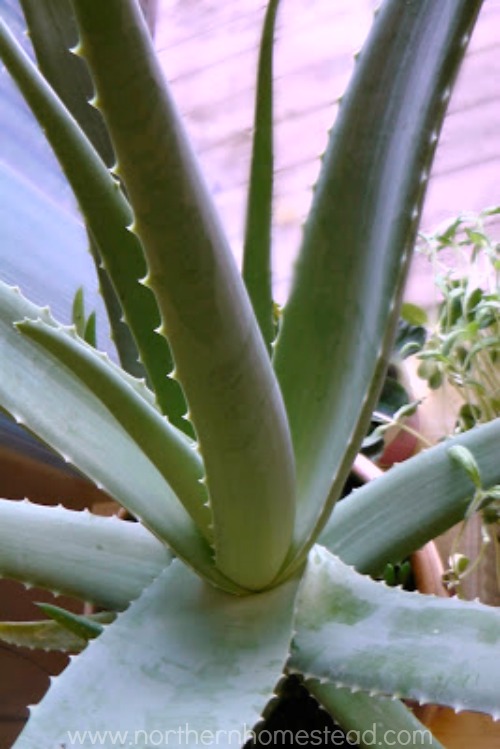
If you have a bright, warm, and sunny house, consider plants that are tropical, or originate from a desert. Plants like Aloe Vera, cactus, and palms will do well. And you already notice that those plants are borderline edible as well as decorative.
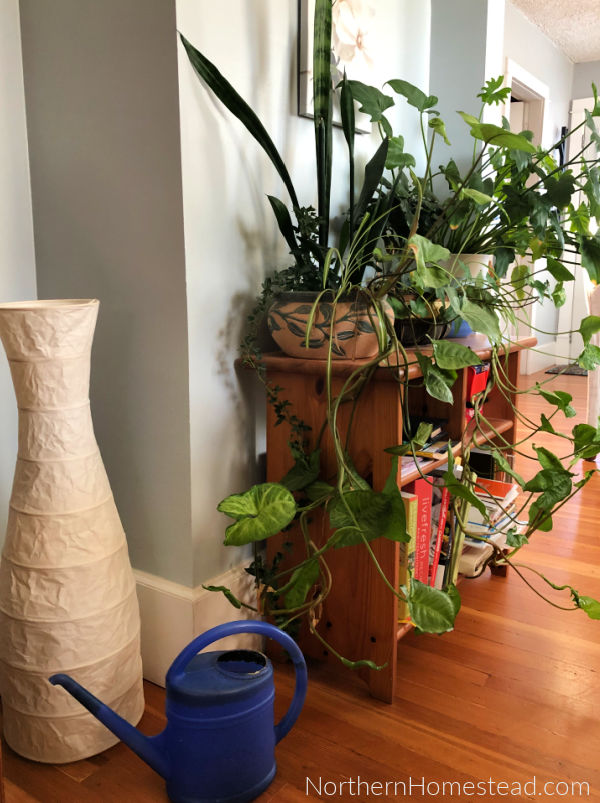
If your house has little to no direct sunlight, shade-loving houseplants will do better. Snake plants, ferns, and pathos will still decorate your room beautifully.
Simply put know your house environment and read the labels. If you need a list of plants to go shopping with, a quick google search can help. For example search for houseplants that don’t need sunlight:
Peacock Plant
Dumb Cane
Dragon Tree
Spider Plant
Heart-Leaf Philodendron
Bromeliads
Peace Lily
Chinese evergreen.
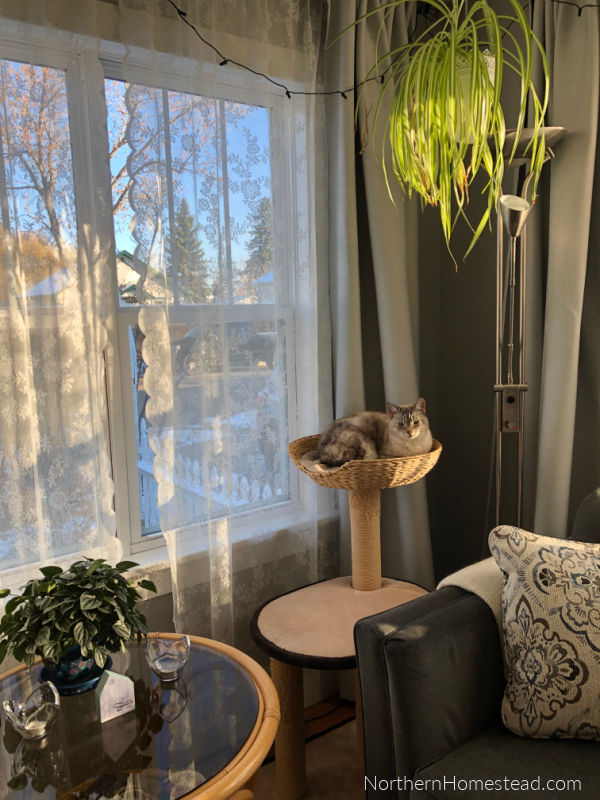
Or if you have pets, search for plants that are safe for cats and dogs:
Ponytail Palm
Spider Plant
Cast Iron Plant
Prayer Plant
Zebra Calathea
Boston Fern
Fittonia
Parlor Palm.
If you are looking for a particular plant, you can also usually find all the information online. You don’t have to know everything, just know where to find information.
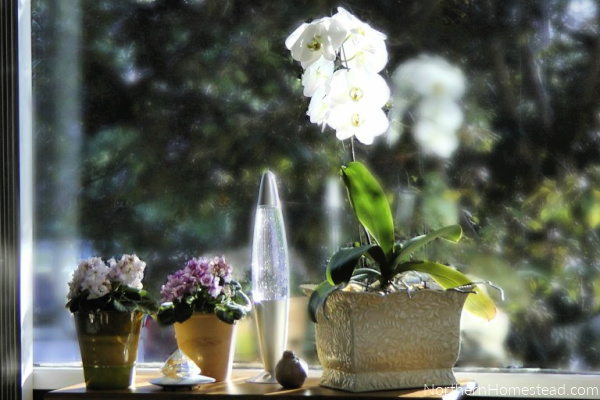
Growing blooming indoor plants is especially fun. African violet and orchids are two beloved varieties. Flowering houseplants usually need more sunlight and sometimes care.
Where to get indoor decorative plants
Just like with all plants, houseplants can be purchased or propagated. Many of them propagate easily by cuttings. We will talk more about propagation below.
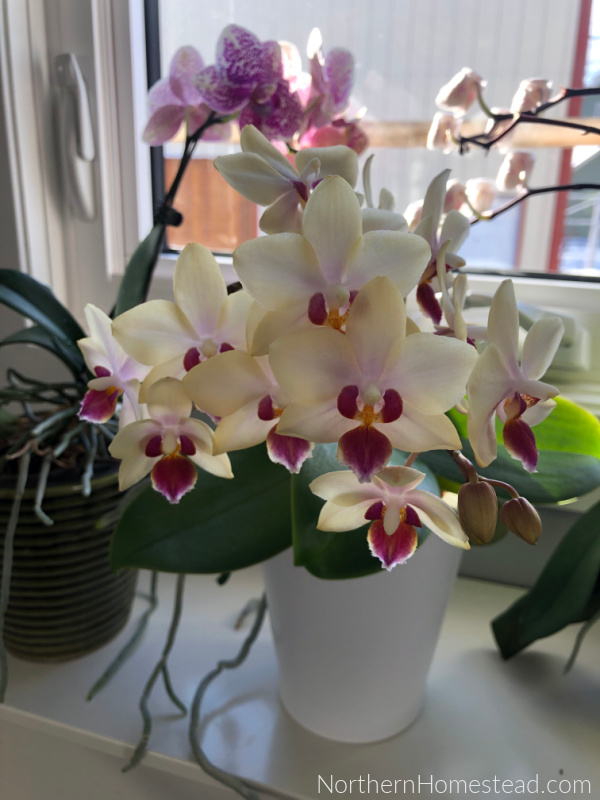
Indoor decorative plants can be quite expensive. If it is not a gift, I often look for ones on sale. Using sales for plants can be tricky though. If a plant did not have a good start, it might not have a long life either. But it can!
When getting sales at big box stores, it makes sense to buy a bigger pot or a second pot of the same size right away with the plant. The plants have been driven with fertilizer to look nice on the sale day, and often need more soil. Re-potting and/or dividing them lessens the problem of fading.
Greenhouses often have better quality plants, also we have had good experiences with Ikea plants.
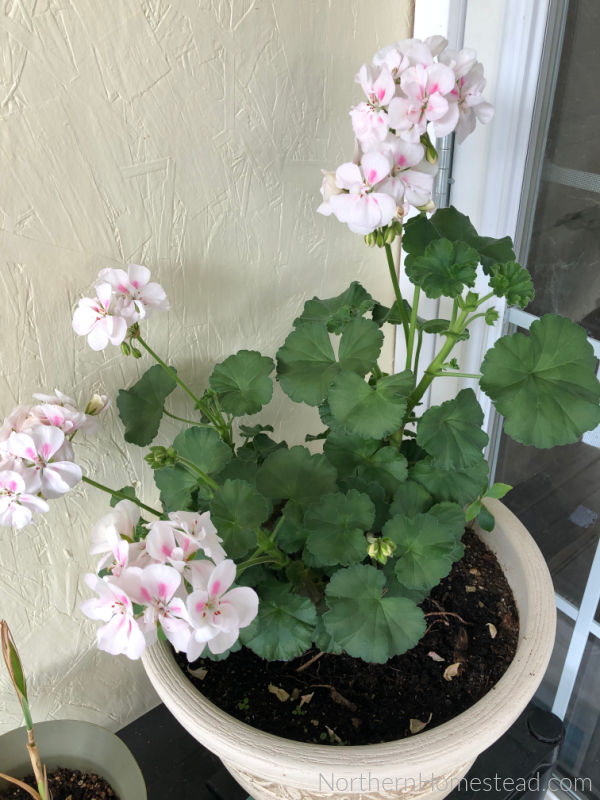
Some outdoor decorative plants can be brought in and overwintered. We have had great success with geraniums. I usually replace at least the top layer of the soil with new soil, so as to not bring in unwanted bugs. You will need a bright location for blooming geraniums. Read more about growing and caring for geranioums here.
Transplanting and dividing plants
Decorative plants usually do not grow very fast, but at some point will need a bigger pot. Like we already mentioned, some actually need a new pot right away, if they were planted just to sell quickly.
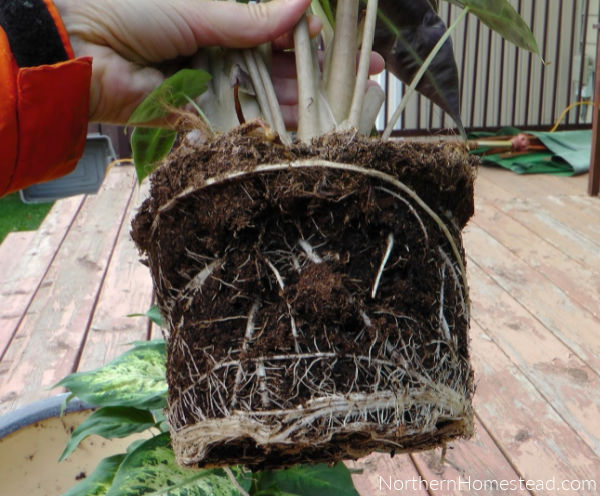
Gently take the plant out of the container and examine the roots. If they are exposed, or even worse started to go round, it is time to transplant. By the way, the picture above shows the roots of a newly bought plant.
Use a slightly bigger pot if you want to go bigger, fill a bit of potting soil at the bottom, and put the plant in and refill the pot with new soil. Make sure not to leave air gaps like the pictured plant above.
If you want to keep the plant small, you can gently trim off some of the excess roots, fill the same pot with some new soil and place the plant back in and refill as needed with new soil.
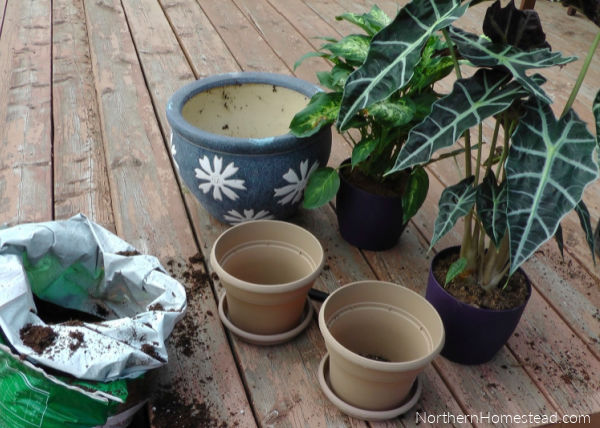
Some plants can be easily divided. Look how many stems it has, and go as naturally as possible. Now take the plant out of the pot, and try to part the plant, and many times it will work.
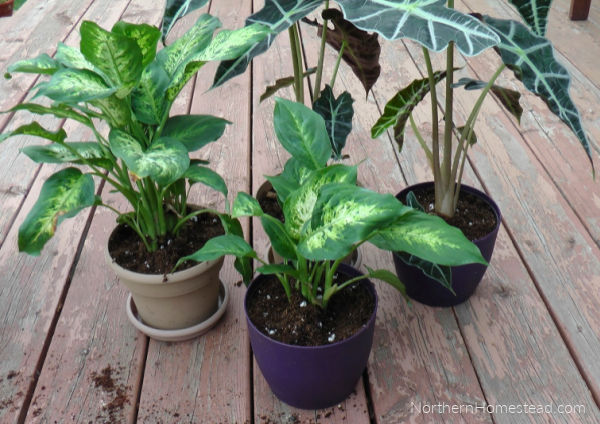
Sometimes though it is better to use a knife if the two steams are too close to each other, cut them apart at the top, and then gently separate the roots by carefully pulling them apart. The important thing is, whatever you do with the plant, be gentle and it will forgive you and grow even better. Once there are two parts (or more), plant them right away. Water the plant and keep it away from direct sunlight for a few days up to a week.
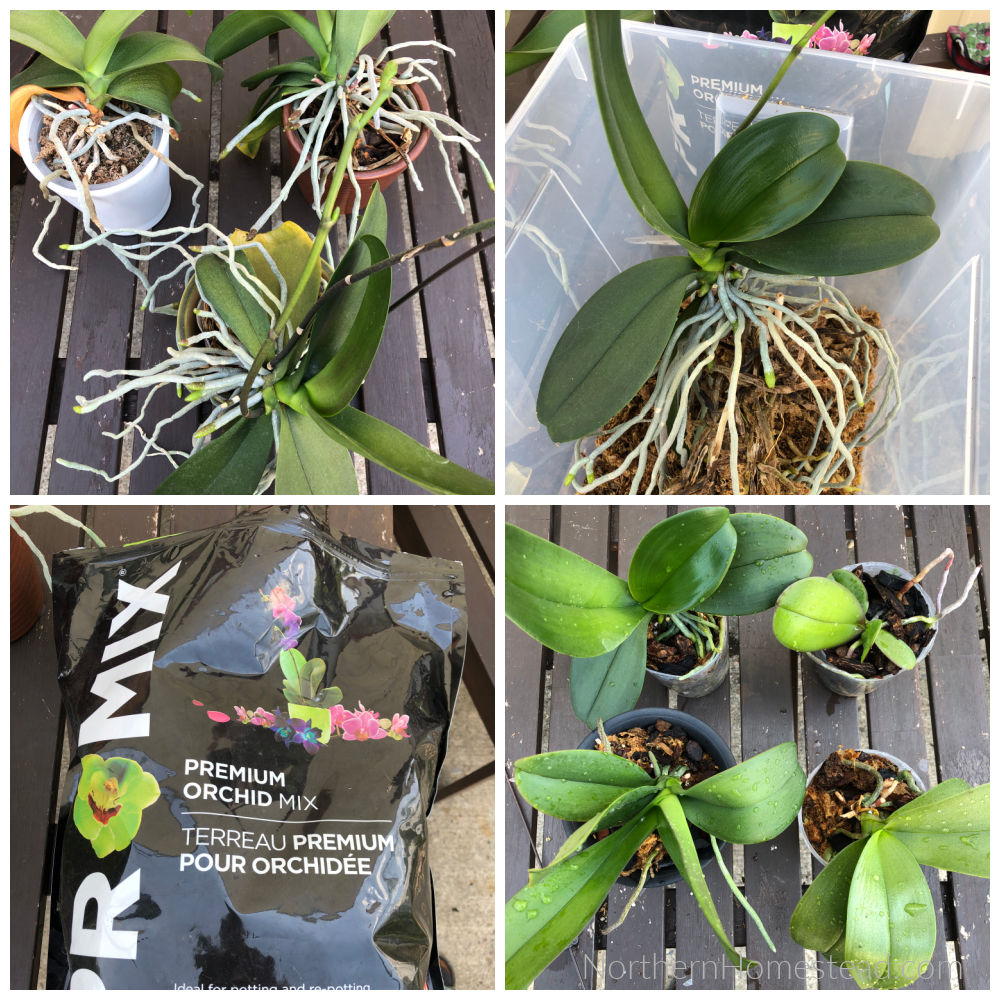
If needed use a special growing medium, like here for the orchids. Most tropical orchids grow in the air, rather than in soil. Their fleshy roots are covered with a layer of white cells called velamen, which acts as a sponge to absorb water. Again, if in doubt what your needs, do some research. That’s what I do too. Thankfully there are many bloggers and vloggers that share their knowledge freely.
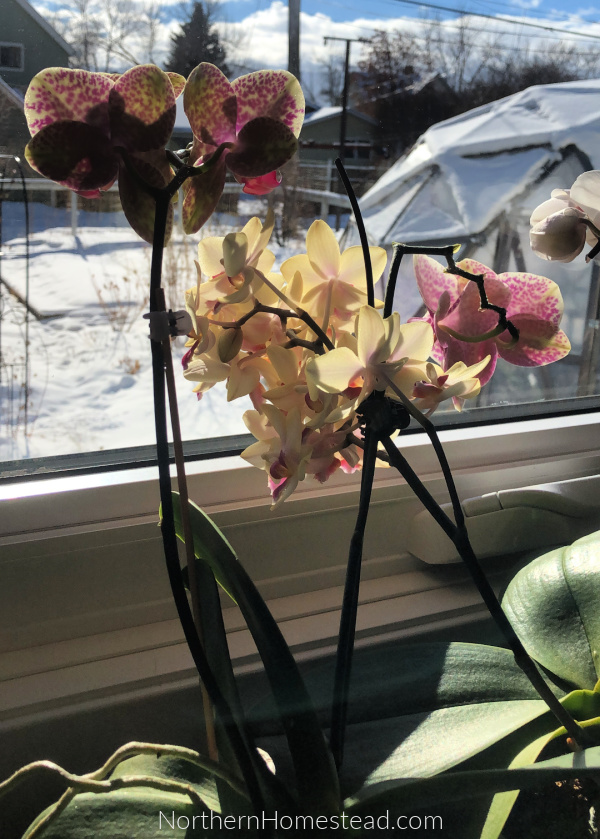
These plants got a good trim, and 3 of the 4 had flower buds right after the transplanting, as to say thank you for the treat. Looking forward to seeing them in bloom all winter once again.
And do I ever love orchids!
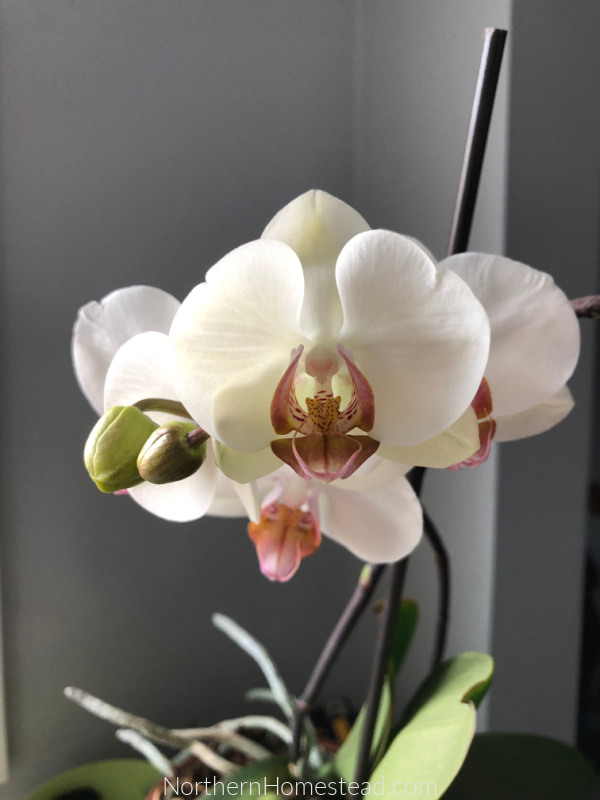
Aren’t they beautiful!
Propagating indoor decorative plants
Personally, I do not know of any seed selling for decorative houseplants. If you know and have some experience in that, please share in the comment below.
I have had great success with cuttings and also plant babies or so-called “pups” or “plantlets” that a mother plant will produce.
Plants that propagate well by cuttings are Pothos, Tradescantia, African violets, Philodendron, to name a few.

Simply cut off a stem with a few leaves, or just a leaf as in the case with African violets, and put it in a glass of water, and it will grow roots. Now the new plant is ready to be planted.
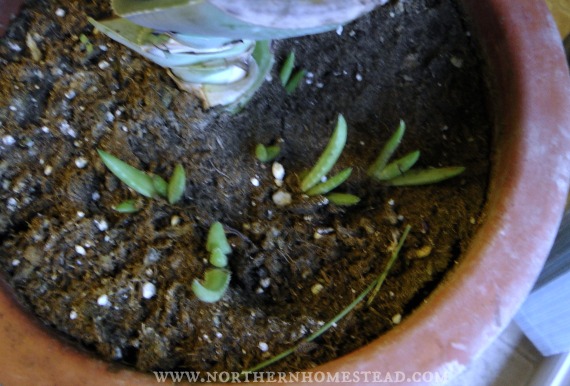
Plants that have made babies for me are snake plants, spider plants, aloe, and even orchids. Sometimes it’s very unexpected to see a new baby plant pop up. See it as a gift, gently remove it from the mother plant and give it a new pot.
Troubleshooting and care
Like with most plants if we give them love and care they grow and thrive.
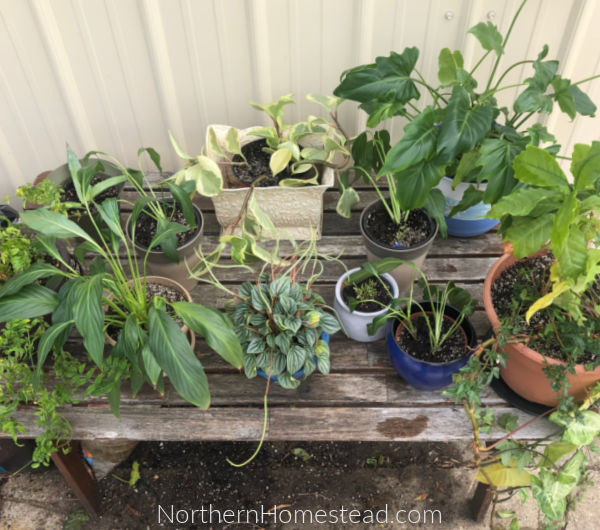
About once a year, preferably on a nice not too hot summer day, I like to take house plants outside and see who needs a new pot, who needs dividing, etc.
A few times a year, as I see a need, I give the plants a good shower in a deep sink and soak/wash the potting soil. It washes off any bugs, dust, and also excess salts in the soil.
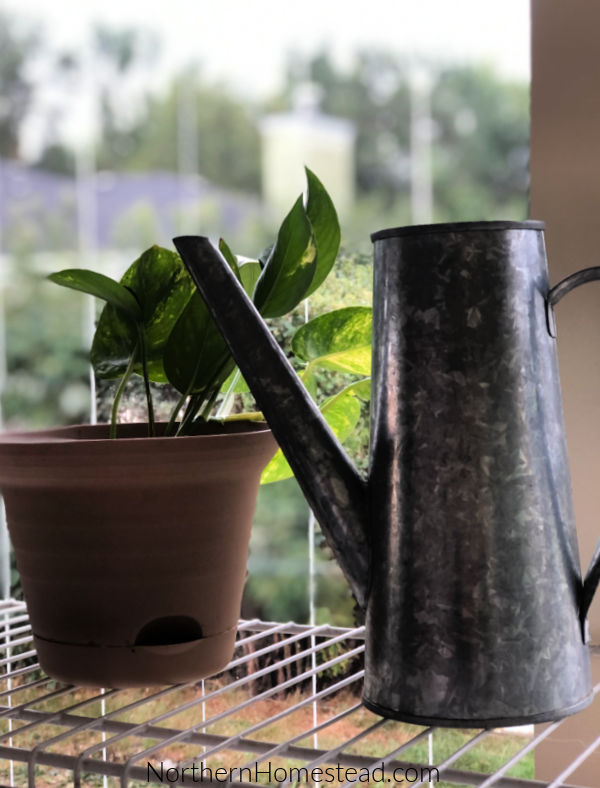
Fertilize as needed, with a fertilizer of your choice. At this point, I don’t have any particular brand that I would recommend.
To keep flies and bugs away, matches that have been burned a bit and put hot into the soil seem to help. I guess it’s the smell. Others sprinkle cinnamon for the same purpose.
If mold is an issue, activated charcoal tablets are helpful. Just place one or two into each pot. Also, bring the plants out into the sunlight once in a while for an hour or two.
If a leaf has yellowed, pruning is the best way to deal with that. And if a plant does not want to grow and vanishes, well, so be it. It happens to the best. Say goodbye and get a new one.
We invite you to subscribe to our newsletter and follow us on Instagram, Facebook, or Pinterest so you do not miss a thing.

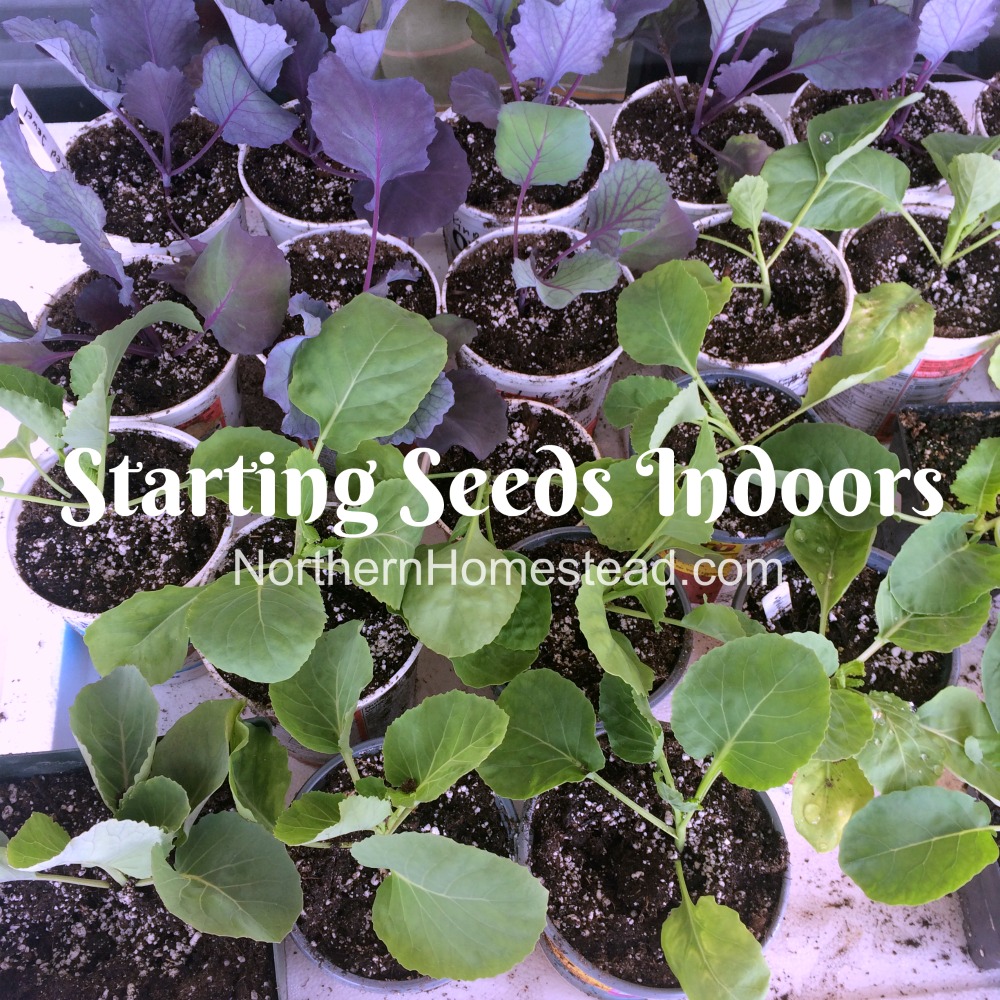
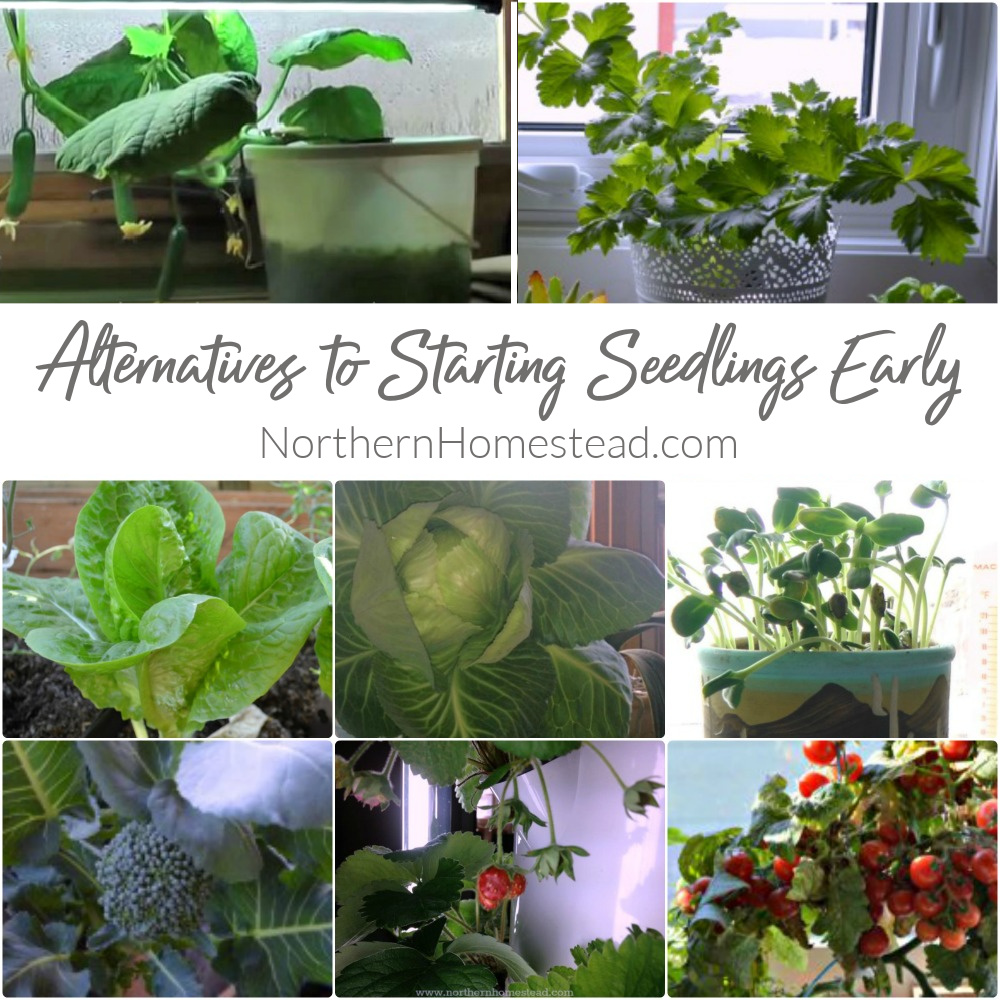
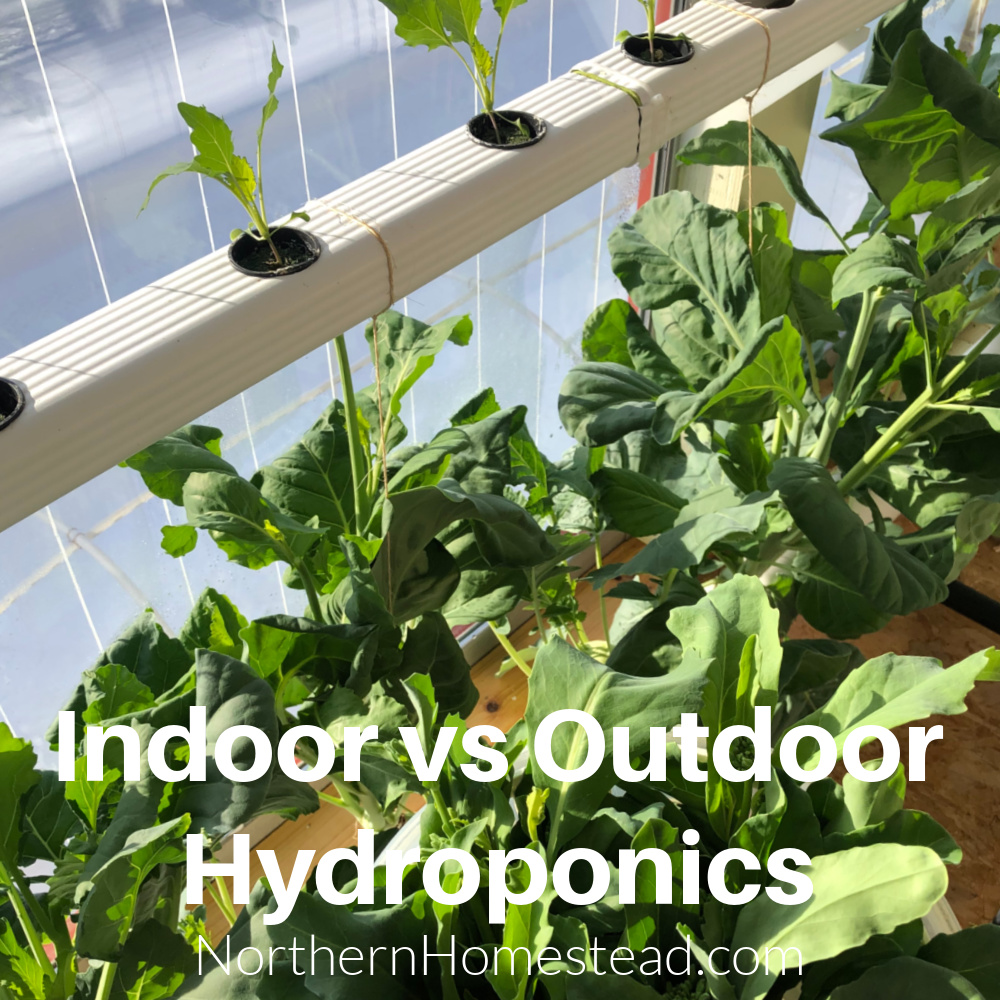
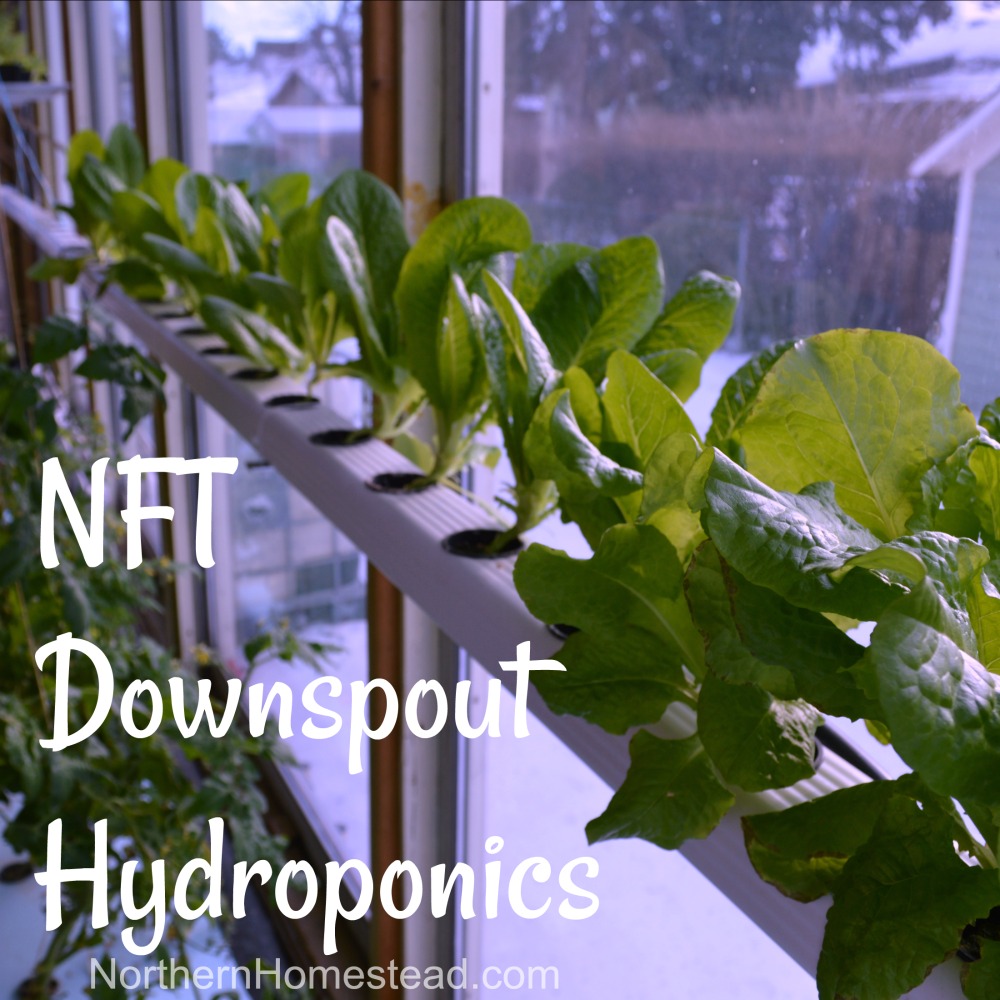
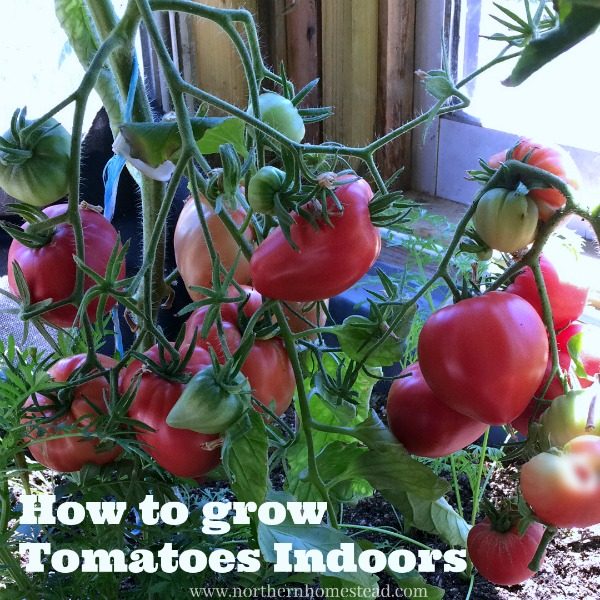
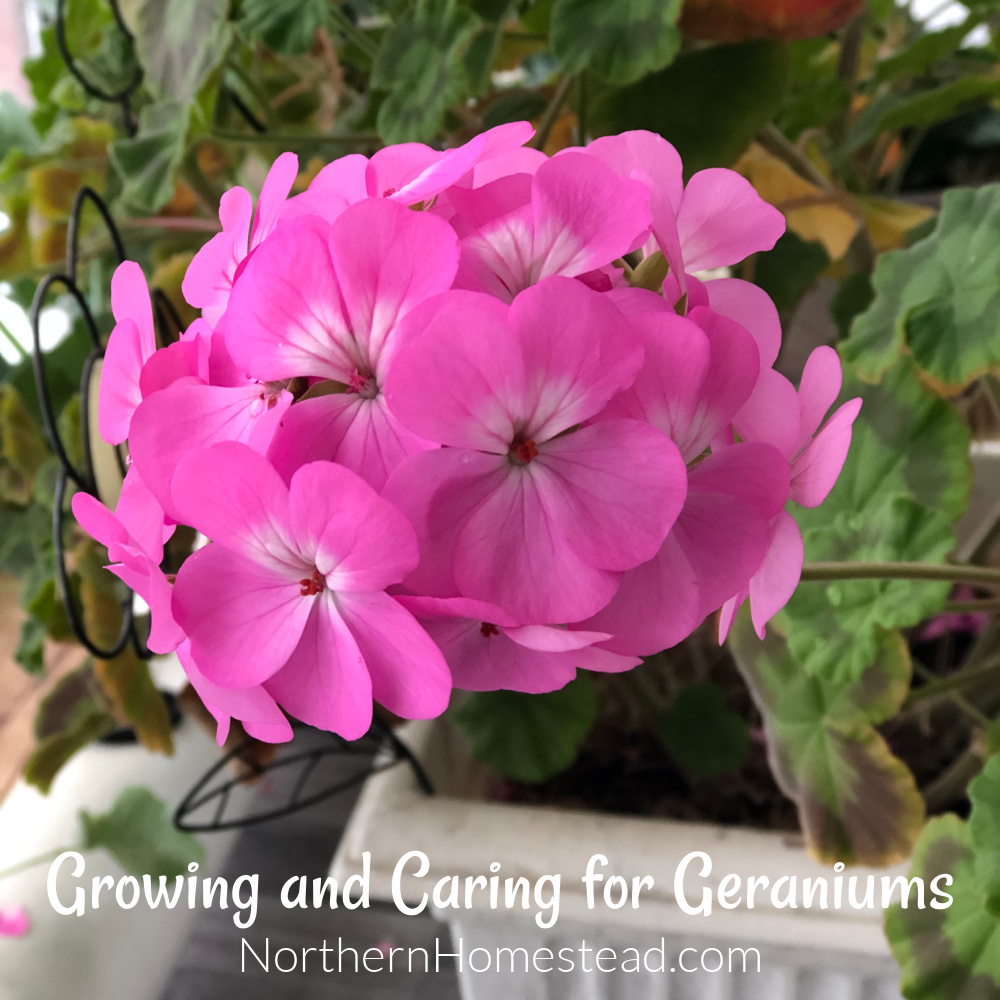

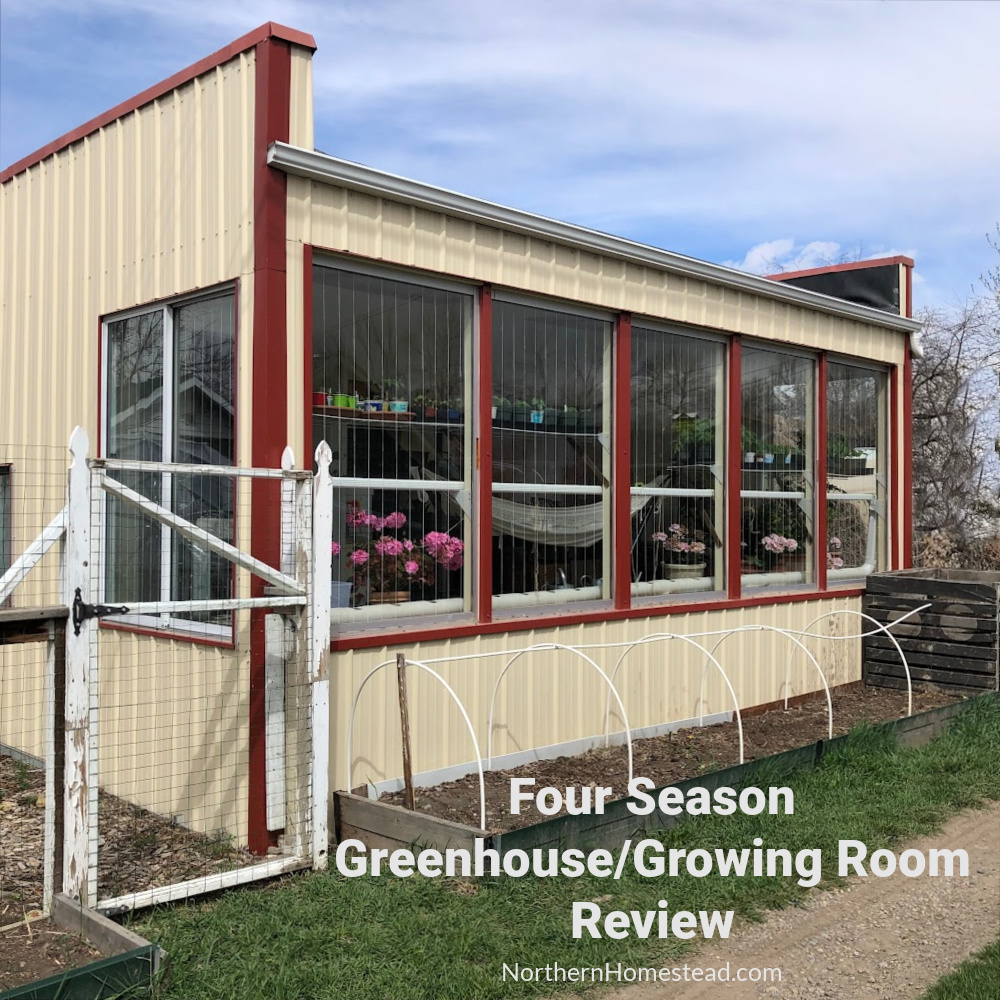
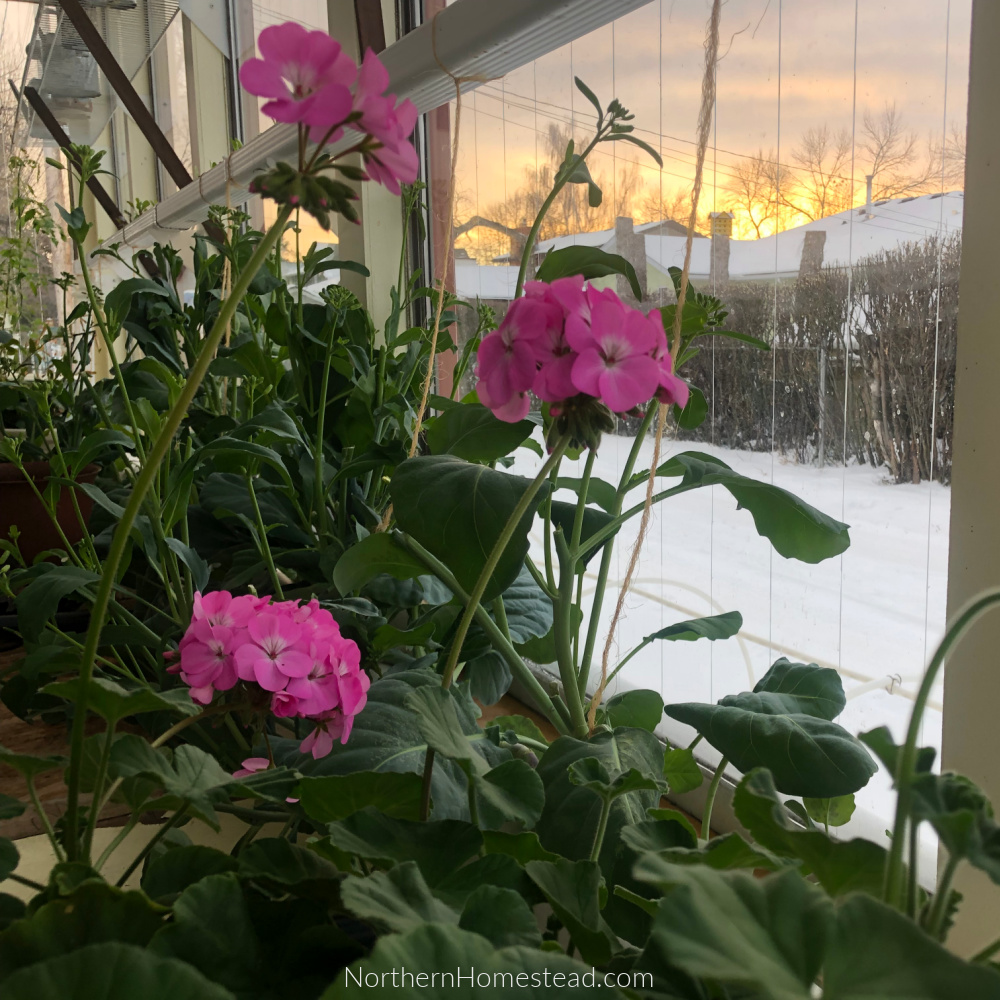
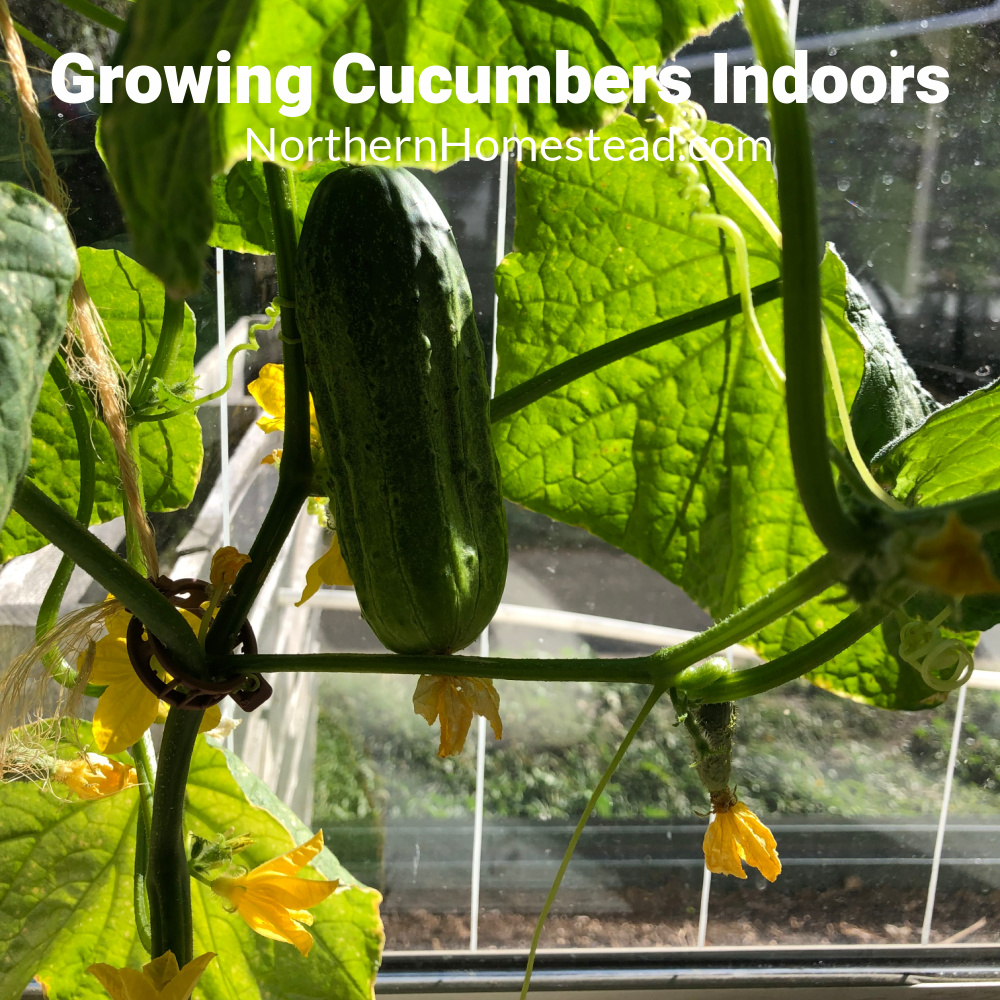
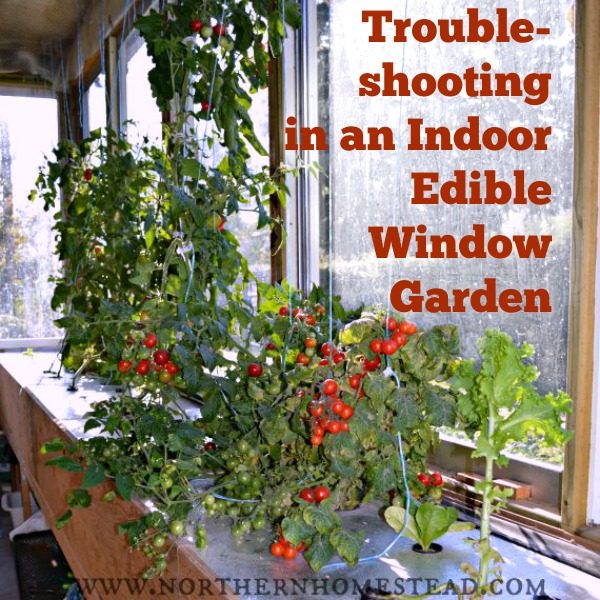

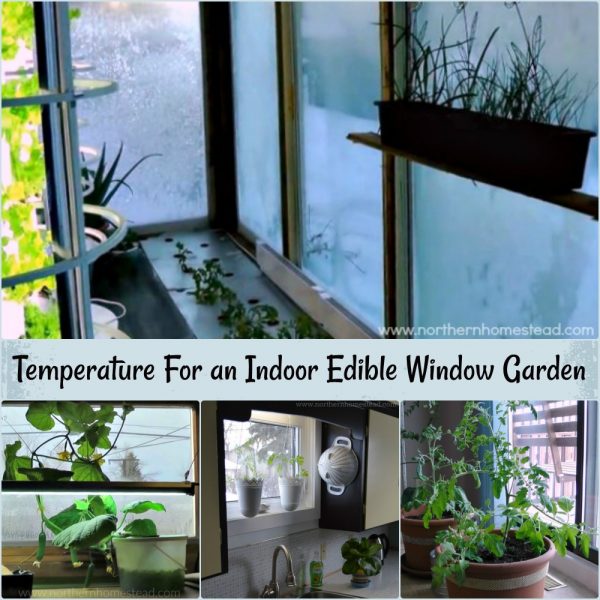
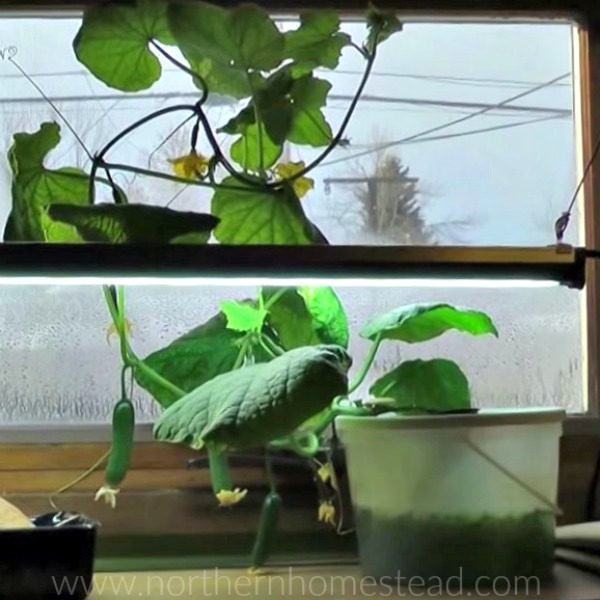
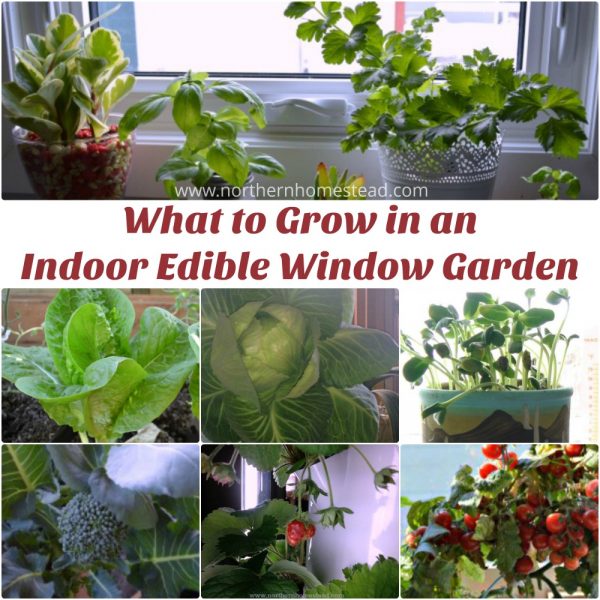
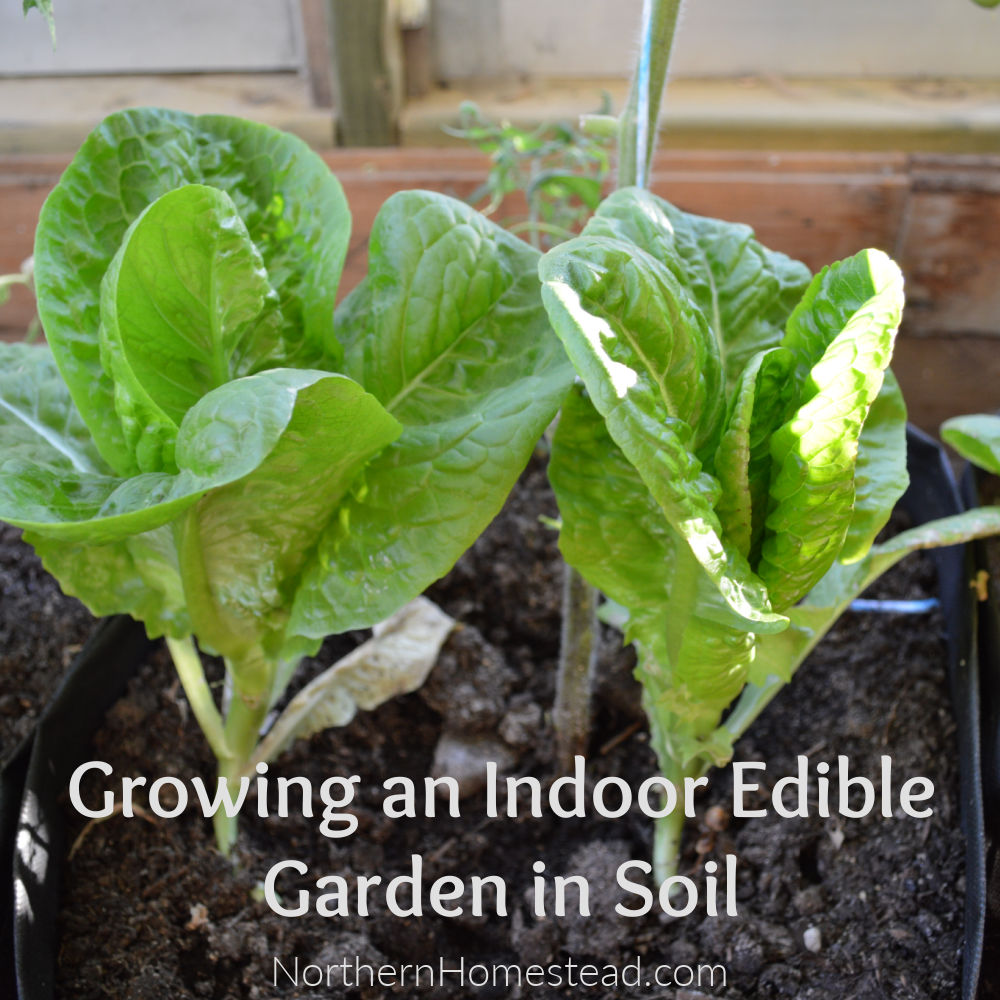
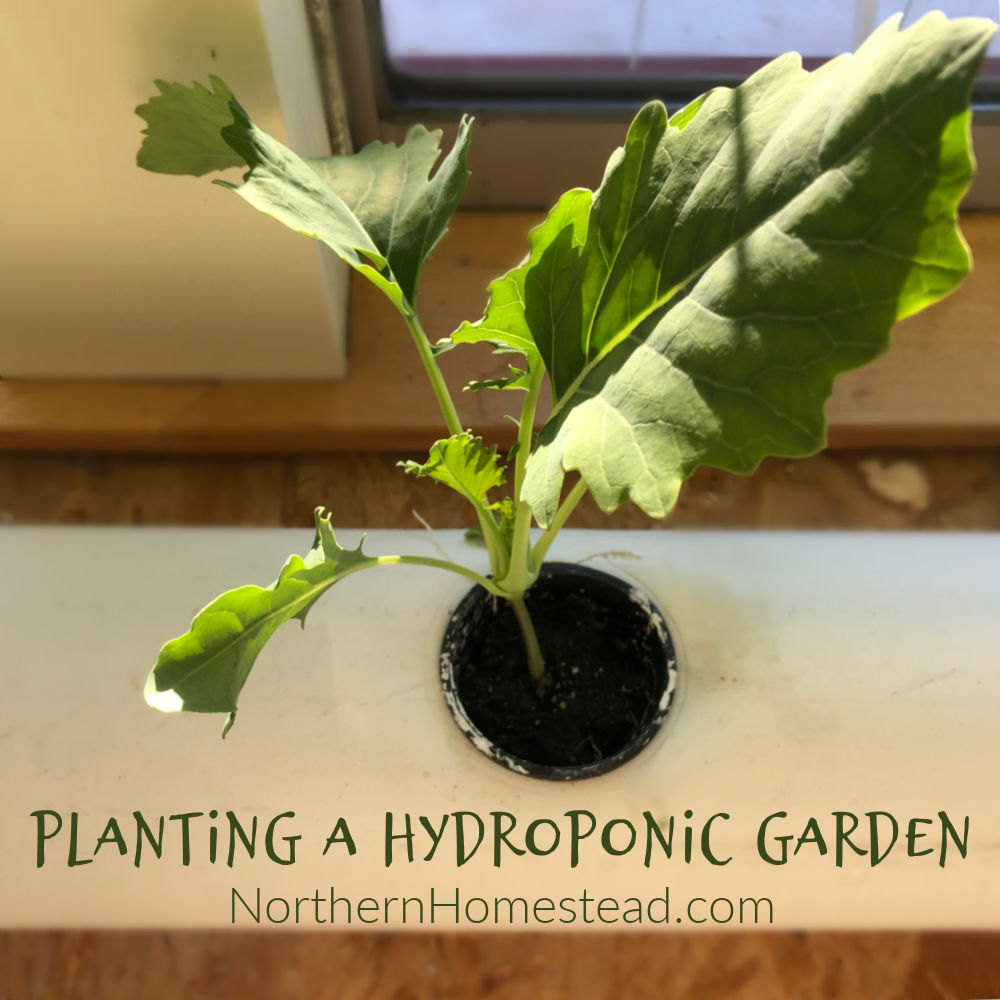
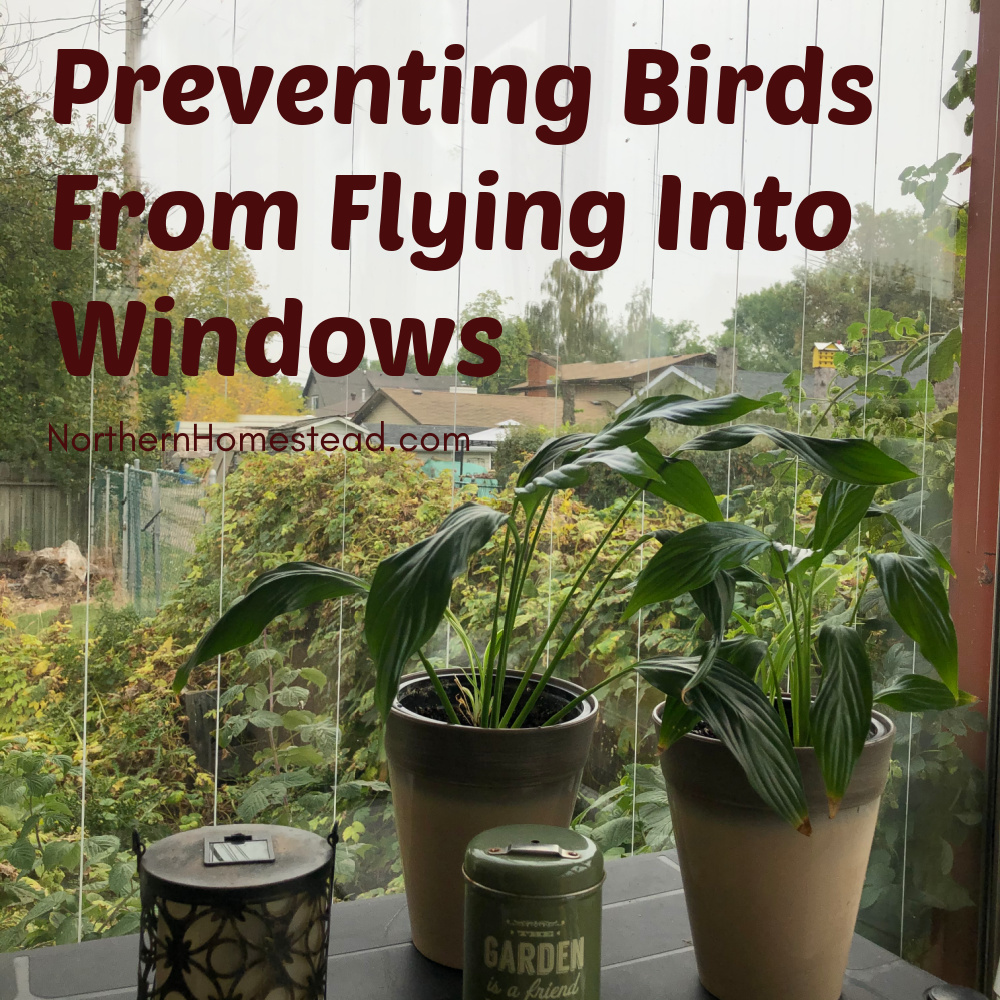
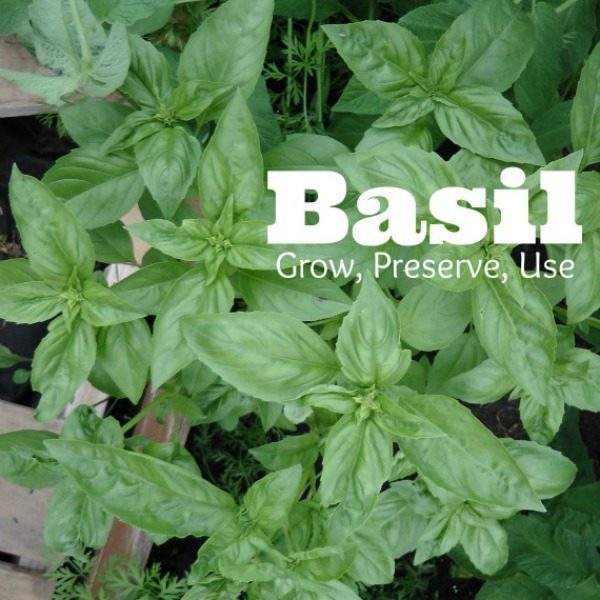

Leave a Reply